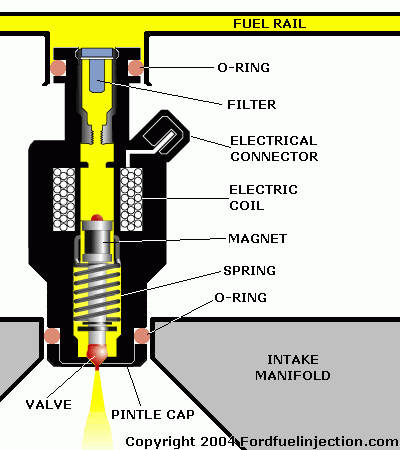
The fertilization rates of Piezo‐ICSI and c‐ICSI in the ≤35‐year‐old age group were 78.0% (160/205) and 76.1% (156/205) the survival rates were 96.6% (198/205) and 97.1% (199/205) and the blastocyst development rates at D5/D6 were 61.7% (95/154) and 58.3% (84/144), respectively, with no statistically significant differences (Table (Table3).

The blastocyst development rates on D5/D6 were 50.2% (162/323) for c‐ICSI and 54.9% for Piezo‐ICSI (101/184), with similar results in both treatment groups (Table (Table2). There was no significant difference in oocyte survival rate between the two treatments: c‐ICSI, 94.3% (445/472) and Piezo‐ICSI, 95.2% (452/475). The fertilization rate per oocyte with c‐ICSI was 70.1% (331/472) and that with Piezo‐ICSI was 75.4% (358/475) with no statistically significant difference. The mean age of all patients was 37.1 ± 4.7 years. Cytoplasm was not aspirated into the injection needle. The plasma membrane was punctured using a Piezo pulse (speed setting 2.0 intensity setting 1.0), and the spermatozoon was injected into the oocyte from the head. An immobilized spermatozoon was aspirated then moved to the tip of the needle, which was inserted into the middle of the cytoplasm. Piezo pulses were generated with a speed setting of 2.0 and an intensity setting of 2.0 to penetrate the zona pellucida at three o'clock. The oocyte was restrained by the pipette, but the orientation of the first polar body was not considered when inserting the needle into the widely opened perivitelline space. The Piezo‐assisted equipment used in this study was PIEZO PMM4G (Prime Tech Ltd.) equipped with a micromanipulator system (TAKANOME ® MTK‐1‐03, NARISHIGE, Tokyo, Japan Figure Figure1). Piezo‐ICSI was performed using ultrathin injection needles (PINU06‐20FT: Prime Tech Ltd.) that had a flat‐tip with 6 μm outer diameter and 5.1 μm inner diameter, as described by Hiraoka et al 5 Twelve microlitres of operating liquid was drawn into the center of the injection pipette. We performed a prospective study using a well‐trained embryologist to determine whether Piezo‐ICSI may provide better outcomes than c‐ICSI or be a more effective ICSI technique for oocytes from aged compared with younger women. Although Piezo‐ICSI is expected to improve outcomes from the more fragile oocytes of older compared with younger women, limited information has been reported comparing outcomes from oocytes of aged and younger women by c‐ICSI or Piezo‐ICSI. 4 To date, there have been a limited number of reports on the application of Piezo‐ICSI to human oocytes, from Huang's first report to a recent study by Hiraoka describing a very thin flattened pipette which may benefit Piezo‐ICSI. Yanagida et al applied Piezo‐ICSI to human oocytes and obtained improved survival (89% vs 81%) and fertilization (70% vs 54%) rates compared with c‐ICSI.

Kimura and Yanagimachi 3 reported that Piezo‐ICSI improved the survival rate (up to 80%) of mouse oocytes, with a 78% fertilization rate. Piezo‐assisted ICSI (Piezo‐ICSI) markedly decreased physical pressure on the oocyte plasma membrane via a high‐speed micro‐advancing needle system. In fact, cell membrane viscosity and elasticity are known to change with age in several cell types, such as erythrocytes, lymphocytes, and red blood cells. The injection process of c‐ICSI may affect fertilization, blastocyst development, and pregnancy rates, as needle penetration of the plasma membrane and the aspiration of cytoplasm by negative pressure can have a negative impact on oocytes, particularly oocytes from older women because their oocytes have fragile plasma membranes.

Oocyte cytoplasm is then aspirated into the injection needle to rupture the oolemma, followed by injection of a spermatozoon. 1 When conventional ICSI (c‐ICSI) is performed, the injection needle penetrates the zona pellucida and then perforates the oolemma.

Although intracytoplasmic sperm injection (ICSI) has been largely restricted to patients showing repeated failure of in vitro fertilization (IVF), ICSI is widely recognized as a major technique in assisted reproductive technology (ART).


 0 kommentar(er)
0 kommentar(er)
